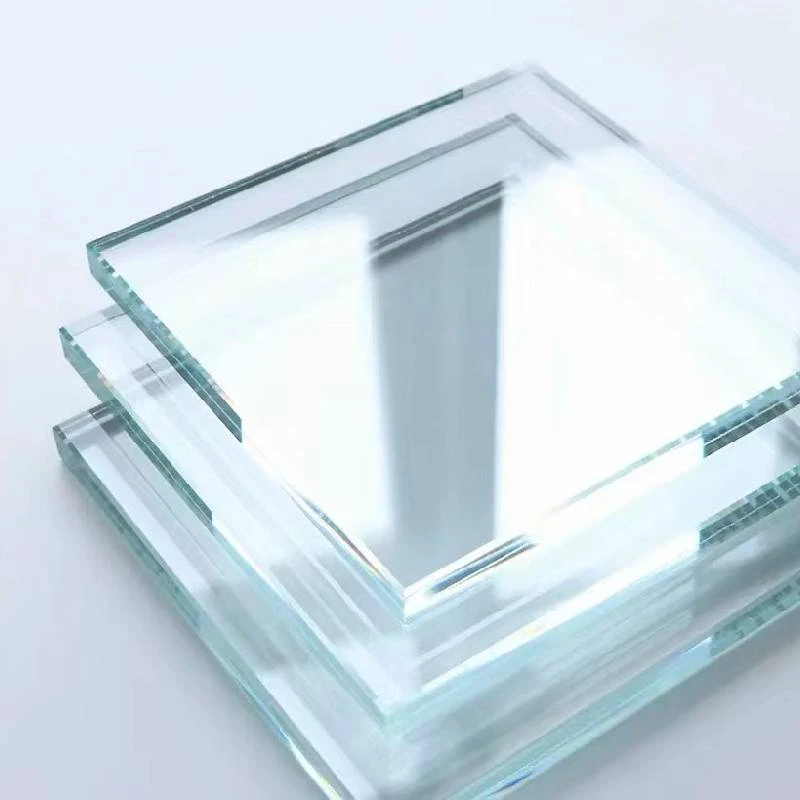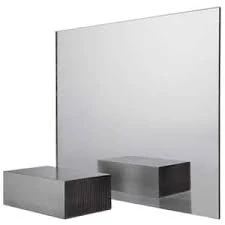When considering home renovations or construction projects, understanding the cost of glass can be pivotal. Glass is more than just a transparent material; it is an essential element that influences aesthetics, functionality, and energy efficiency of buildings. As you embark on selecting glass for your project, this guide will highlight key considerations, including types of glass, factors affecting pricing, and insights into value optimization.

Firstly, the type of glass you choose significantly impacts cost. Within residential and commercial projects, popular choices include annealed, tempered, laminated, and low-E glass. Annealed glass, while the most basic and cost-effective, lacks the strength and safety features of tempered or laminated versions. Tempered glass, known for its safety attributes,
often costs 1.5 to 2 times more than annealed glass. Laminated glass, incorporating layers for enhanced security and soundproofing, generally demands a higher budget but offers peace of mind against intrusions and extreme weather conditions.
Low-emissivity (low-E) glass, designed to minimize infrared and ultraviolet light exposure without affecting illumination, boosts energy efficiency. Although initial costs are elevated, ranging approximately 10-15% above standard glass, low-E variants contribute to long-term savings on heating and cooling bills. When selecting glass, consider not only the purchase price but the lifecycle cost, which includes energy savings and durability.

Moreover, the size, thickness, and customization of glass panels directly affect costs. Larger panes often entail higher transportation and installation expenses due to their weight and fragility. Meanwhile, thickness adds to durability but also to price; for instance, a 6mm sheet of tempered glass typically costs more than the standard 4mm version by 30-40%. Customizations like tints, frosts, and etched designs cater to aesthetic preferences but require additional investment. Always balance stylistic wishes with practicality and budget constraints.
glass cost
In addition to basic pricing elements, geographical location plays a crucial role in glass costs due to regional availability of materials and labor costs. Urban areas often experience increased pricing due to higher demand and logistics costs. Conducting a price comparison across suppliers within your locality ensures competitive pricing and reduces unforeseen expenditures. Engaging with local suppliers also extends benefits, such as access to guarantees, prompt delivery, and tailored advice suitable to the local climate and architectural trends.
An often overlooked but essential factor in the cost of glass is the installation. Skilled labor is crucial for ensuring the longevity and safety of glass installations. Hiring professional installers may appear expensive upfront; however, it mitigates risks associated with amateur errors, such as incorrect fitting or inadequate sealing, which can lead to costly replacements or repairs. Evaluating the installer’s reputation, credentials, and customer feedback ensures that you entrust your project to qualified professionals.
Sustainability and environmental impact are increasingly pivotal considerations. Recycled glass products offer a compelling eco-friendly alternative while maintaining quality and aesthetics. Some options may even reduce costs due to lower raw material expenses. Assess the environmental certifications and recycling policies of manufacturers to align with sustainable building practices. Transparent communication regarding product origin and production techniques builds trust and enhances the credibility of the supplier.
In summary, acquiring glass necessitates a balanced evaluation of price, type, functionality, and lasting value. Incorporate energy-efficient options like low-E glass for diminished long-term expenses. Opt for accredited, experienced installers to safeguard your investment. You can achieve an aesthetically pleasing, durable, and cost-effective glass solution by conducting thorough research and making informed decisions, mindful of both immediate and future implications. Embrace sustainability endeavors to support environmental stewardship while fulfilling your structural and visual aspirations.



